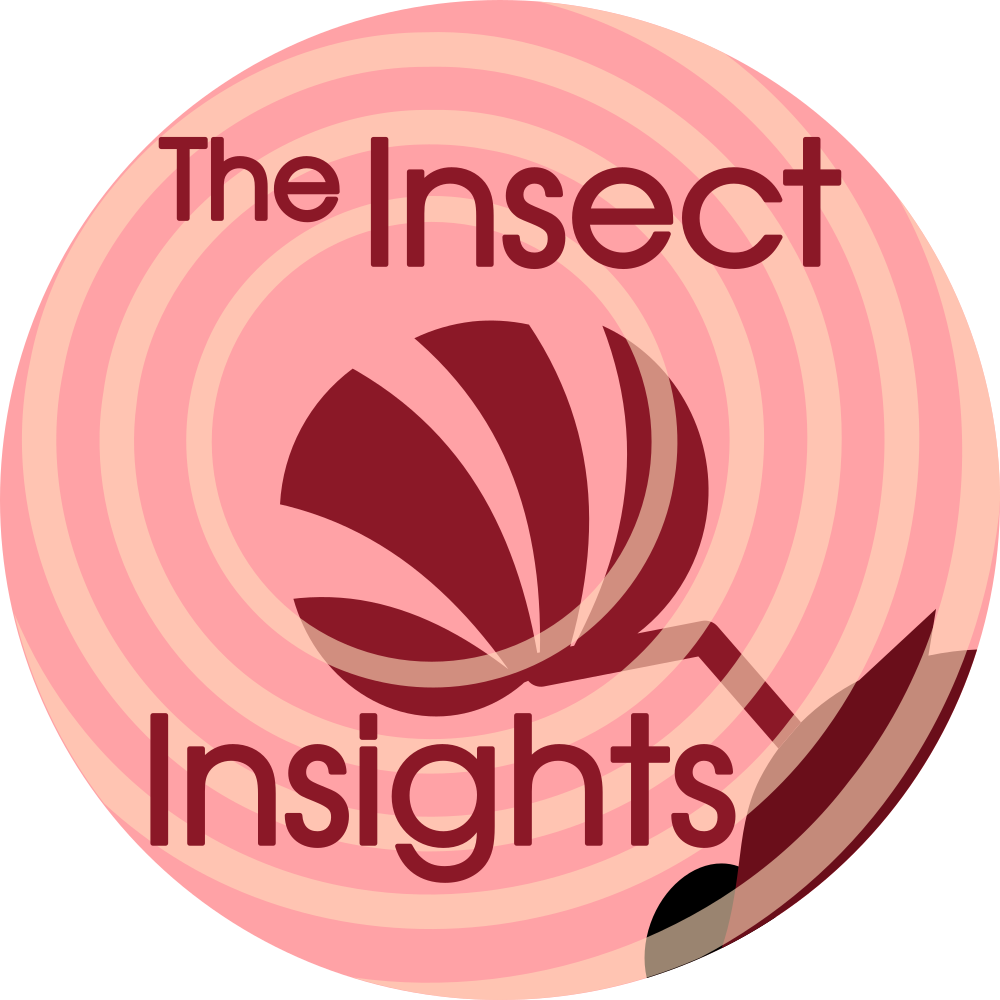The vulture bee, a carrion enjoyer and her
iron belly
The story of a bee who went through a major diet switch
You can listen to it over there
And find the other episodes on there, or on any podcast app:



This episodes uses the "Amazonian tropical forest" soundscape, which I made from INaturalist recordings. You can find the details credits on the dedicated page.
Transcript
Picture yourself in the Amazonian forest, in Suriname.
[jungle noises fade in]
The weather is hot, the air is moist. You are a bee, looking for
food… But unlike other bees, you don’t care for pollen. What you want is
a carcass. You are a vulture bee.
Hi and welcome to Insect Insights, chill insect stories to relax and
wonder, available wherever podcasts are. If you like this podcast, you
can subscribe, leave a review and even an insect question. I am Max,
your host, and I hope you are ready to dive into insect knowledge for
another insight!
So, bees are usually vegetarian. You ancestors were for sure. But as
a vulture bee, you get proteins for your larvae from meat. Rotting meat.
A drastic change of diet, for a resources that is not so reliably
available. But not a lot of animals are capable of digesting this. So
you have less competitors than these silly bees going from flowers to
flowers! And even if carrion is hardly a clean thing to tread on, at
least you have fewer encounters with other insects who could infect you
with diseases.
You still go for nectar for a short sugar rush sometimes by the way,
it’s just pollen that you crossed off of your diet. You want these meaty
proteins. It’s not a easy to feed on though… Rotting meat is, well,
rotten. A real bacterial party is going on there, and you can’t allow
that inside your gut. Thankfully, you have your own crowd occupying the
space in there. And a super acidic gut. This ensures no uninvited guests
can make themselves at home, as only your acidic loving partners can
survive!
And for your gut bacteria, it’s good to have a privative cozy home to
stay in. They don’t need to compete with generalist microbes.
A good partnership, allowing you to live your macabre jungle life.
Sources
Figueroa, L.L. et al. (2021) ‘Why Did the Bee Eat
the Chicken? Symbiont Gain, Loss, and Retention in the Vulture Bee
Microbiome’, mBio, 12(6), pp. e02317-21. Available at: https://doi.org/10.1128/mBio.02317-21.



